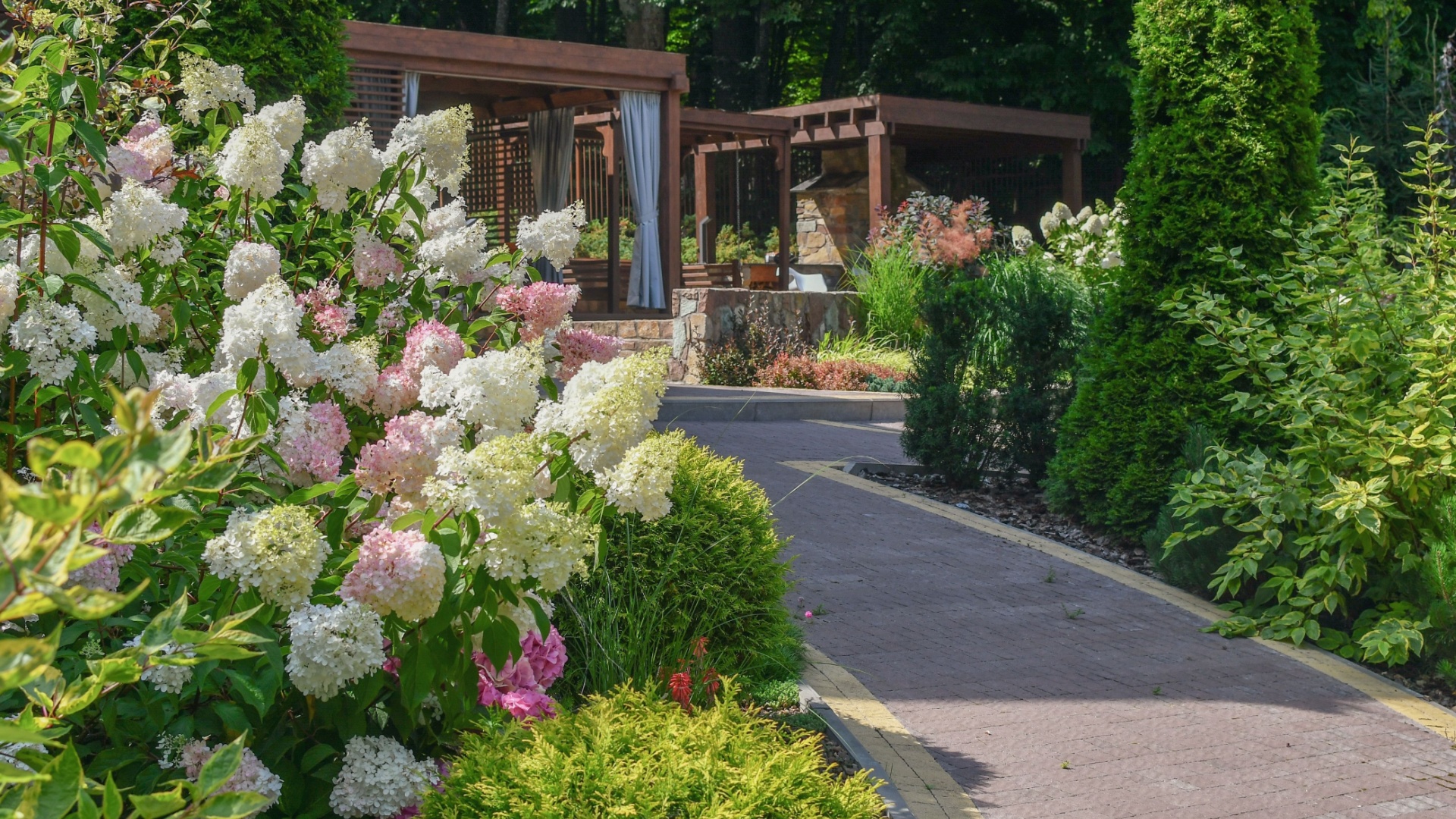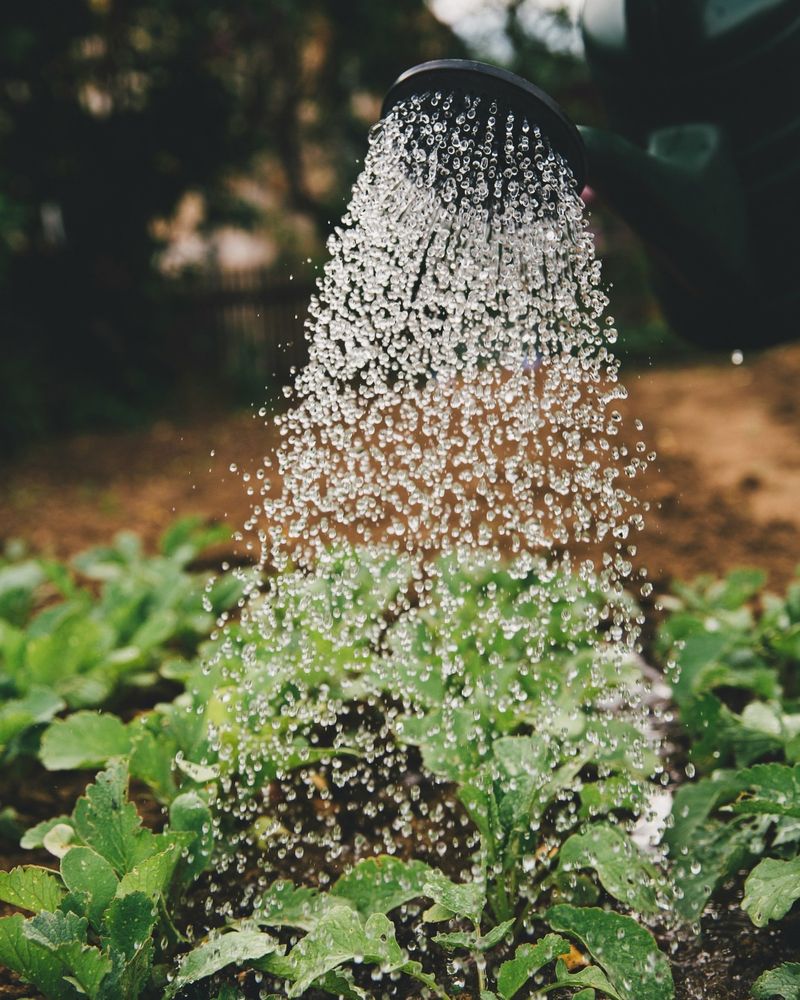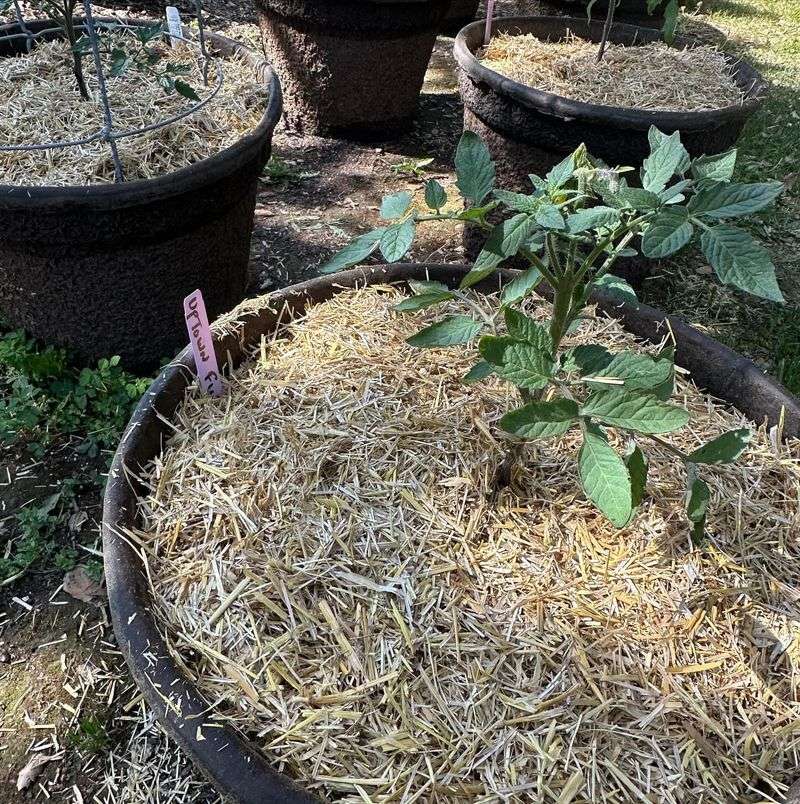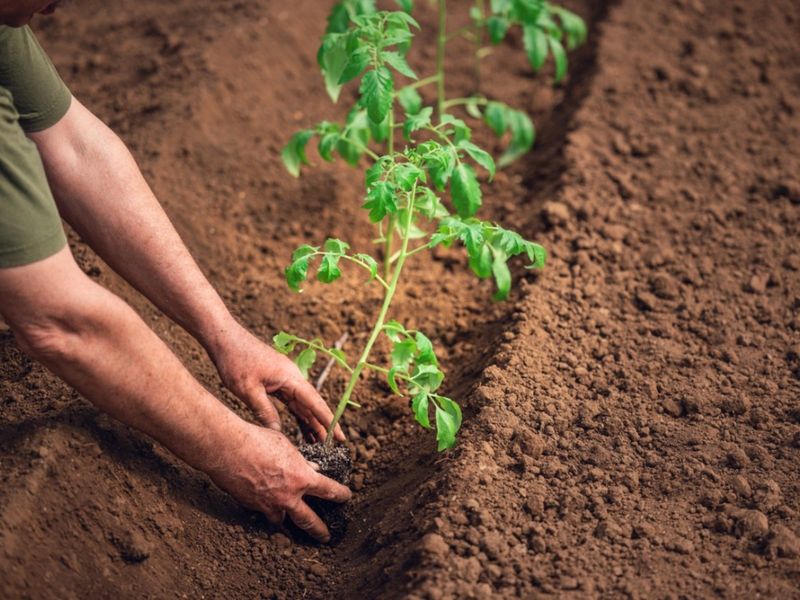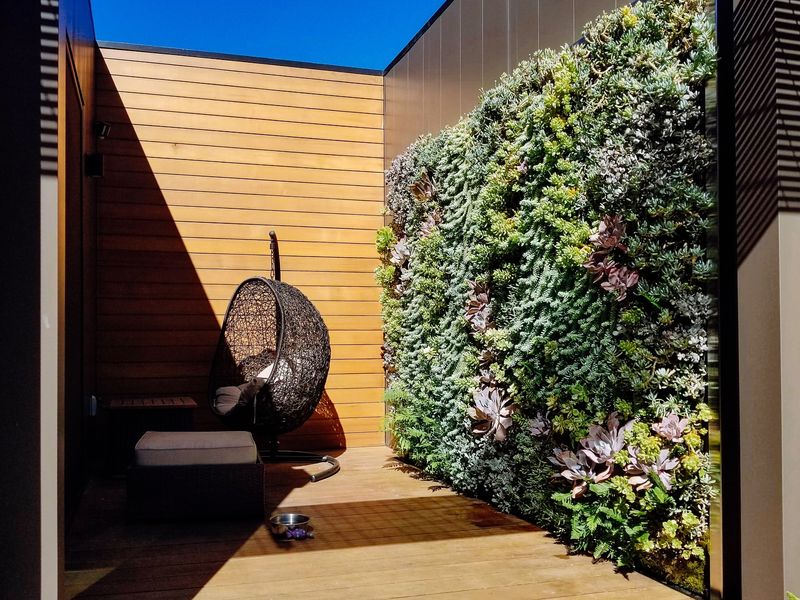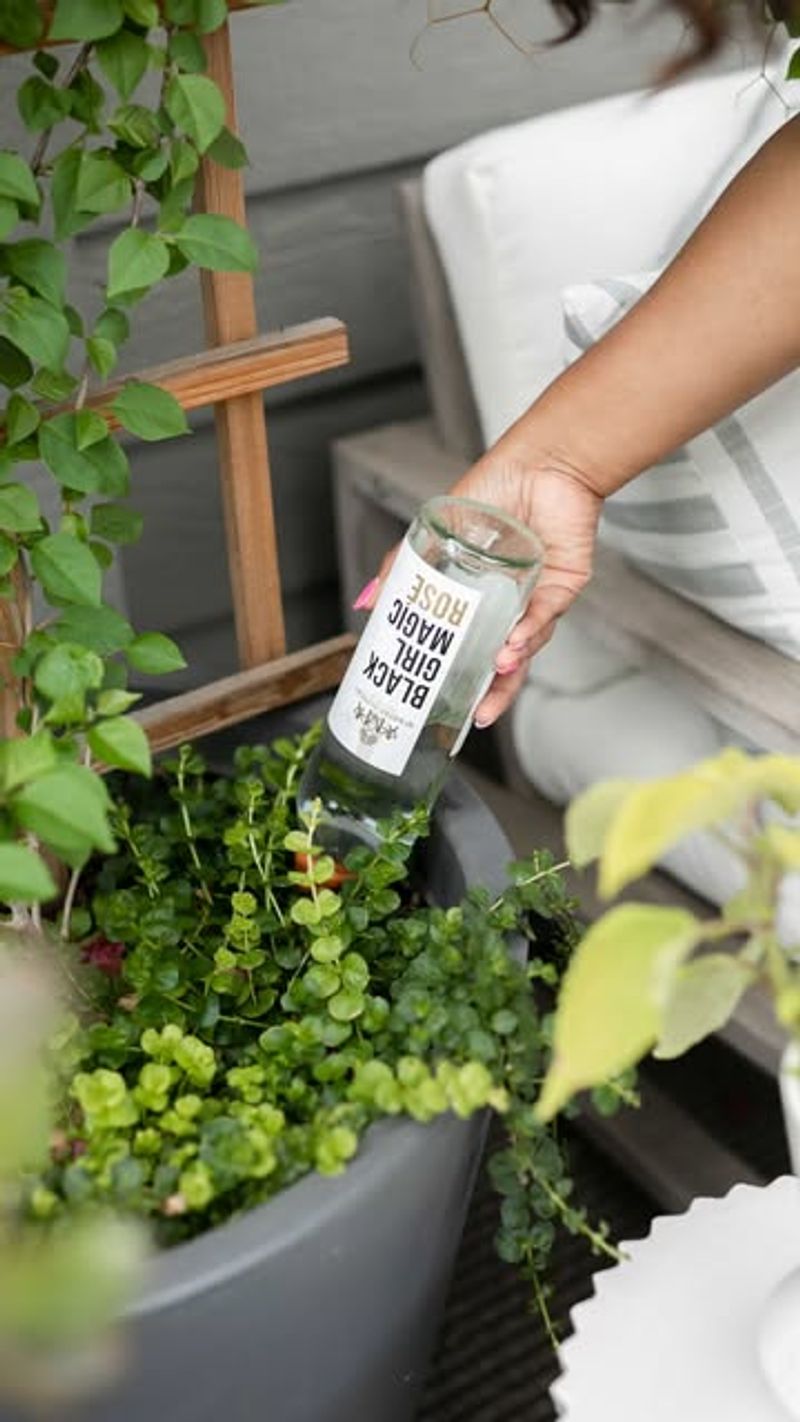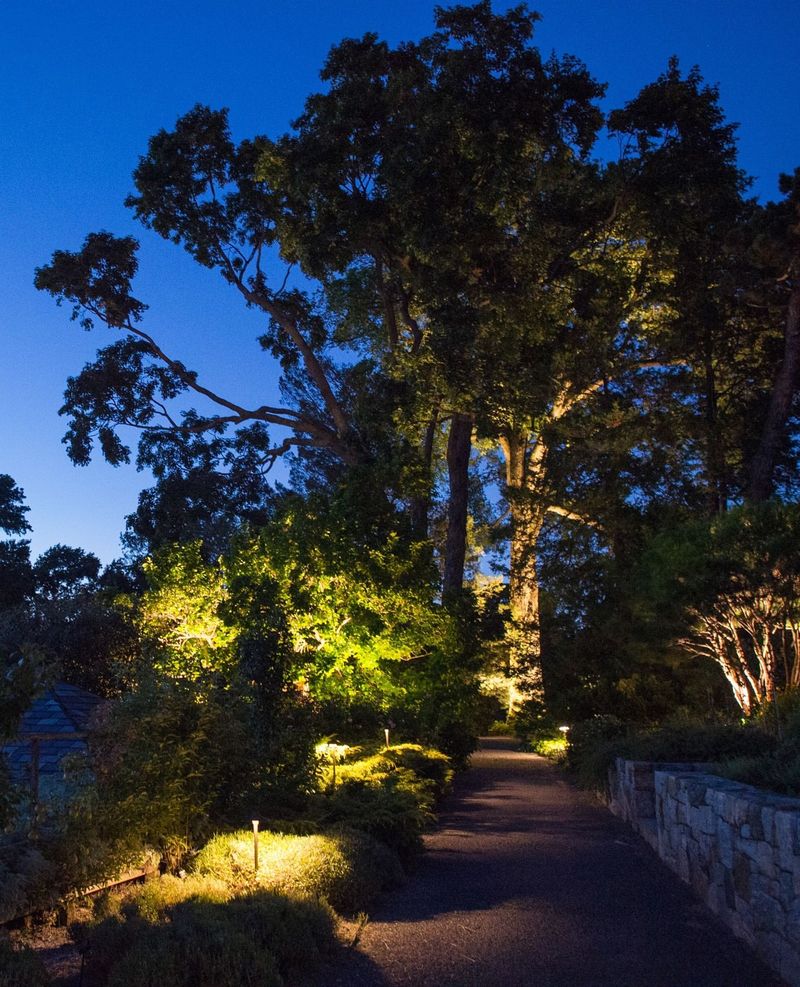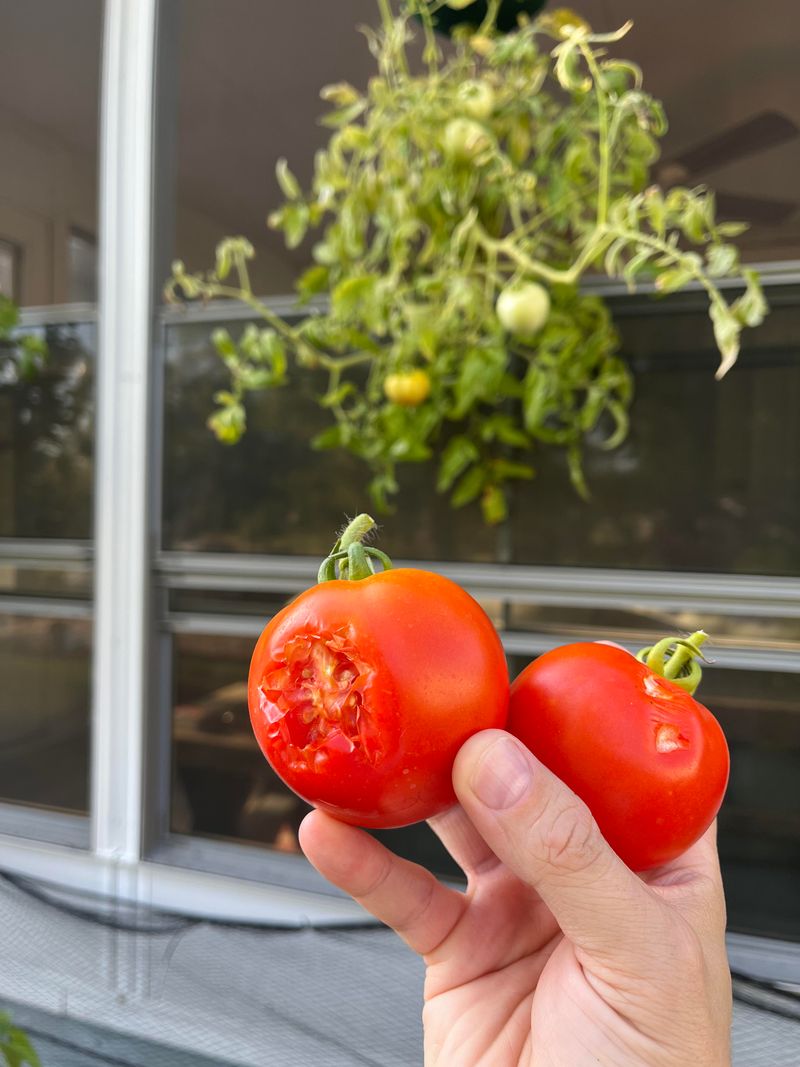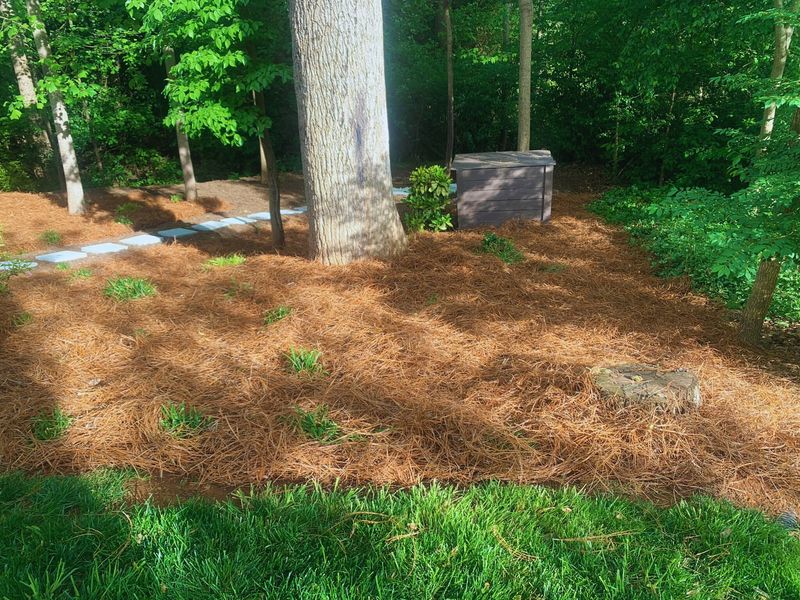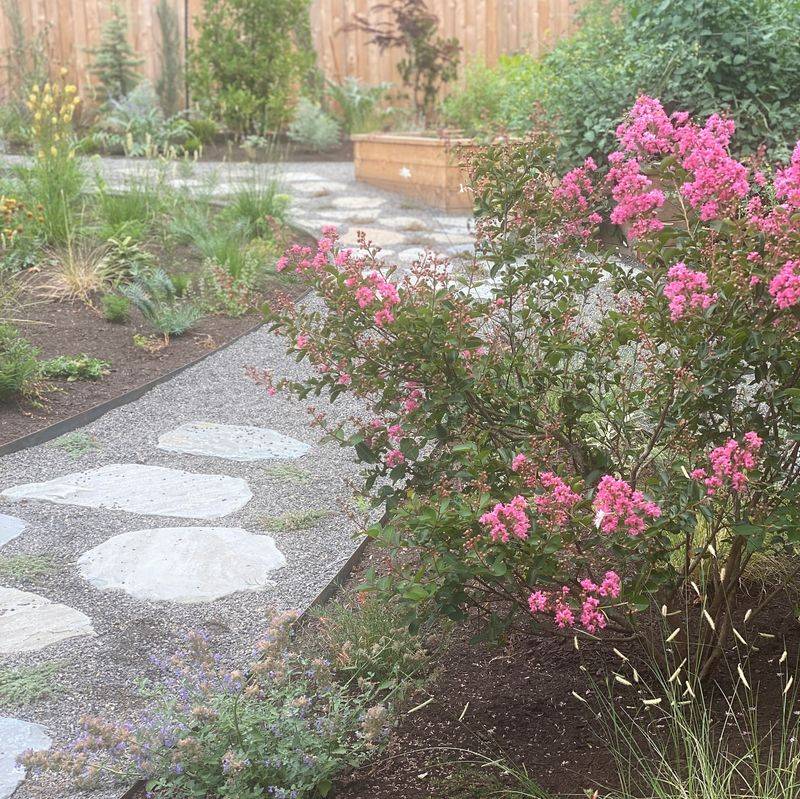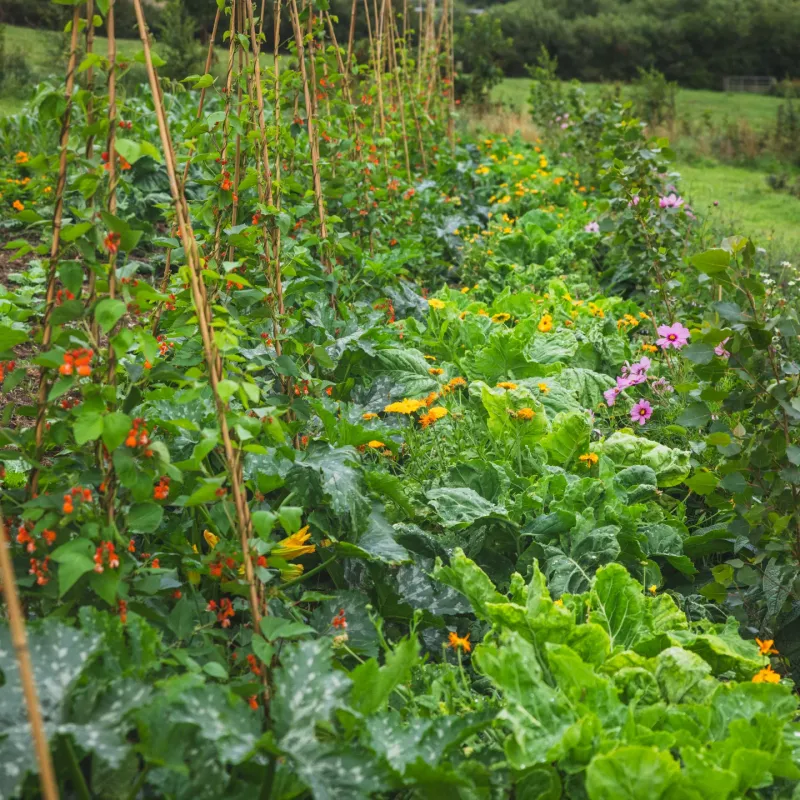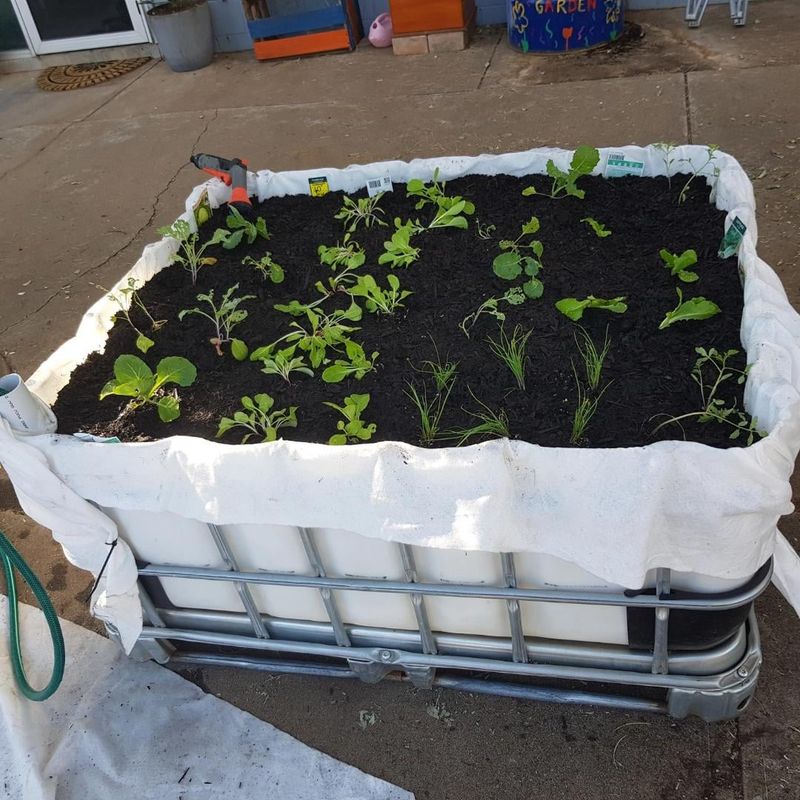When the Seattle heat creeps in, your garden can start to struggle—but local gardeners are turning to an old farm trick that’s surprisingly effective. It’s simple, time-tested, and works wonders for keeping soil cool, conserving moisture, and helping plants thrive through the hottest part of the season.
You don’t need fancy tools—just a little wisdom from the past that still works today.
1. Morning Watering Ritual
Crack of dawn watering has become the secret weapon for Seattle’s savvy gardeners. By getting moisture to plants before the sun rises, water has time to soak deeply into the soil rather than evaporating.
Grandma’s rule of ‘water before breakfast’ ensures plants have drinking water available during the hottest parts of the day. Many gardeners report using 30% less water with this simple schedule adjustment.
2. Straw Mulch Revolution
Golden straw blankets are appearing in gardens across the Emerald City. This age-old farm technique creates a protective layer that keeps soil cool and moist even during unexpected heat waves.
Unlike bark mulch, straw breaks down quickly to feed the soil while still preventing weeds. Seattle gardeners find this affordable solution cuts their watering needs in half while moderating soil temperature fluctuations.
3. Companion Planting Partnerships
Tall corn stalks standing guard over cucumber vines. Leafy lettuce nestled beneath tomato canopies. Strategic plant partnerships are transforming Seattle gardens into mutual support systems during hot weather.
Based on Native American Three Sisters planting methods, these arrangements create natural shade zones. Plants with deep roots pull up moisture for shallow-rooted neighbors, while broad leaves shield tender seedlings from harsh afternoon sun.
4. Buried Clay Pot Irrigation
Unglazed terracotta pots buried neck-deep beside thirsty plants have become Seattle gardeners’ secret drought-fighting tool. Fill these porous vessels with water, and they slowly release moisture directly to root zones.
Known as olla irrigation, this ancient technique originated in North Africa thousands of years ago. Modern Seattle gardeners appreciate how it delivers water exactly where needed without waste, keeping plants hydrated through hot spells.
5. Shade Cloth Structures
Lightweight fabric canopies hovering above lettuce beds and sensitive herbs have become common sights in Seattle gardens. These temporary shade structures reduce temperature by up to 15 degrees while still allowing sufficient light for growth.
Farmers have used similar setups for generations in hotter climates. Seattle gardeners now employ this technique to protect cool-season crops like spinach and broccoli that would otherwise bolt or wither during unexpected heat waves.
6. Trench Planting Method
Sunken garden beds are appearing in yards across Seattle neighborhoods. By digging slightly below grade level, gardeners create natural collection points for precious rainwater and morning dew.
This depression trapping technique mirrors how farmers in arid regions have grown crops for centuries. Plants growing in these micro-basins access moisture longer after rainfall events, and their roots stay naturally cooler than those in raised beds.
7. Vertical Growing Walls
Climbing beans and trailing squash reaching skyward on north-facing walls are transforming Seattle’s limited garden spaces. These vertical gardens maximize growing area while providing natural cooling effects for homes.
Farmers traditionally grew vining crops upward to save precious ground space. Urban gardeners now appreciate how these living curtains create shaded microclimates behind them, perfect for heat-sensitive crops like lettuce and spinach that would otherwise struggle during summer hot spells.
8. Buried Wine Bottle Watering
Empty wine bottles turned upside down beside tomato plants have become conversation starters in Seattle community gardens. This clever recycling trick provides slow-release deep watering directly to root zones.
Rural gardeners have long used this method during dry spells. The narrow bottle neck controls water flow, delivering moisture gradually over days rather than hours. Seattle gardeners report healthier plants and fewer cracked tomatoes since adopting this targeted irrigation approach.
9. Night Soil Cooling
Evening garden hose-downs are becoming standard practice as Seattle temperatures climb. The simple act of spraying walkways and hard surfaces around garden beds as the sun sets dramatically reduces overnight temperatures.
This technique mimics how farmers would dampen barn roofs and farmyard soil on hot days. The evaporation process pulls heat from the surrounding area, creating a cooler microclimate that helps plants recover from daytime stress and prepare for the next day’s heat.
10. Upside-Down Planting Technique
Tomatoes and peppers dangling from hanging containers are appearing on Seattle porches and balconies. This gravity-defying method keeps plants cooler by suspending them in moving air rather than near heat-radiating ground surfaces.
Originally a space-saving technique on small farms, upside-down growing has proven remarkably heat-resistant. The soil mass stays cooler when suspended, and plants naturally direct energy to fruit production rather than excessive leaf growth during hot weather.
11. Pine Needle Cooling Mulch
Acidic-loving blueberries and strawberries tucked under blankets of pine needles are thriving despite Seattle’s recent heat waves. This free, abundant mulch material creates perfect insulation against temperature swings.
Forest farmers have long recognized how pine needle layers protect woodland plants. Seattle gardeners now collect fallen needles from neighborhood trees to create cooling barriers that also gradually acidify soil – perfect for our region’s native berry plants that evolved in forest environments.
12. Bucket Bottom Planting
Seedlings nestled inside bottomless buckets are becoming a common sight in Seattle’s community gardens. This protective collar method shields young plants from drying winds while creating a deep watering basin.
Depression-era farmers used similar techniques with whatever containers were available. Modern Seattle gardeners find that removing the bottom from 5-gallon buckets creates perfect microenvironments for establishing heat-sensitive plants, with the added benefit of concentrating precious water exactly where needed.
13. Reflective Companion Planting
Silver-leaved plants like dusty miller and lamb’s ear strategically placed throughout Seattle gardens are doing double duty. These traditional farm companions naturally reflect sunlight, reducing ground temperature around neighboring vegetables.
Farmers have long recognized how light-colored plants create cooling effects. Seattle gardeners now intentionally intersperse these reflective plants among heat-sensitive crops, creating natural air conditioning. The fuzzy leaves of these companion plants also trap morning dew, releasing moisture slowly throughout the day.
14. Humidity Trapping Clusters
Dense groupings of plants rather than traditional rows are transforming Seattle garden layouts. These plant communities create shared humidity zones where collective transpiration benefits everyone in the group.
Indigenous farmers worldwide developed similar planting patterns. When plants grow closely together, they create their own microclimate with higher humidity levels than surrounding areas. Seattle gardeners find these natural plant communities require less watering and better withstand temperature spikes.
15. Wicking Bed Systems
Self-watering garden beds with hidden water reservoirs are appearing in Seattle yards and rooftops. These clever systems store water beneath soil, allowing plants to drink from below rather than relying on surface irrigation.
Australian farmers developed this technique for extreme drought conditions. Seattle gardeners have adapted it using recycled materials like plastic tubs and pipes. Plants in wicking beds develop deeper, more drought-resistant root systems while using up to 70% less water during summer heat waves.

